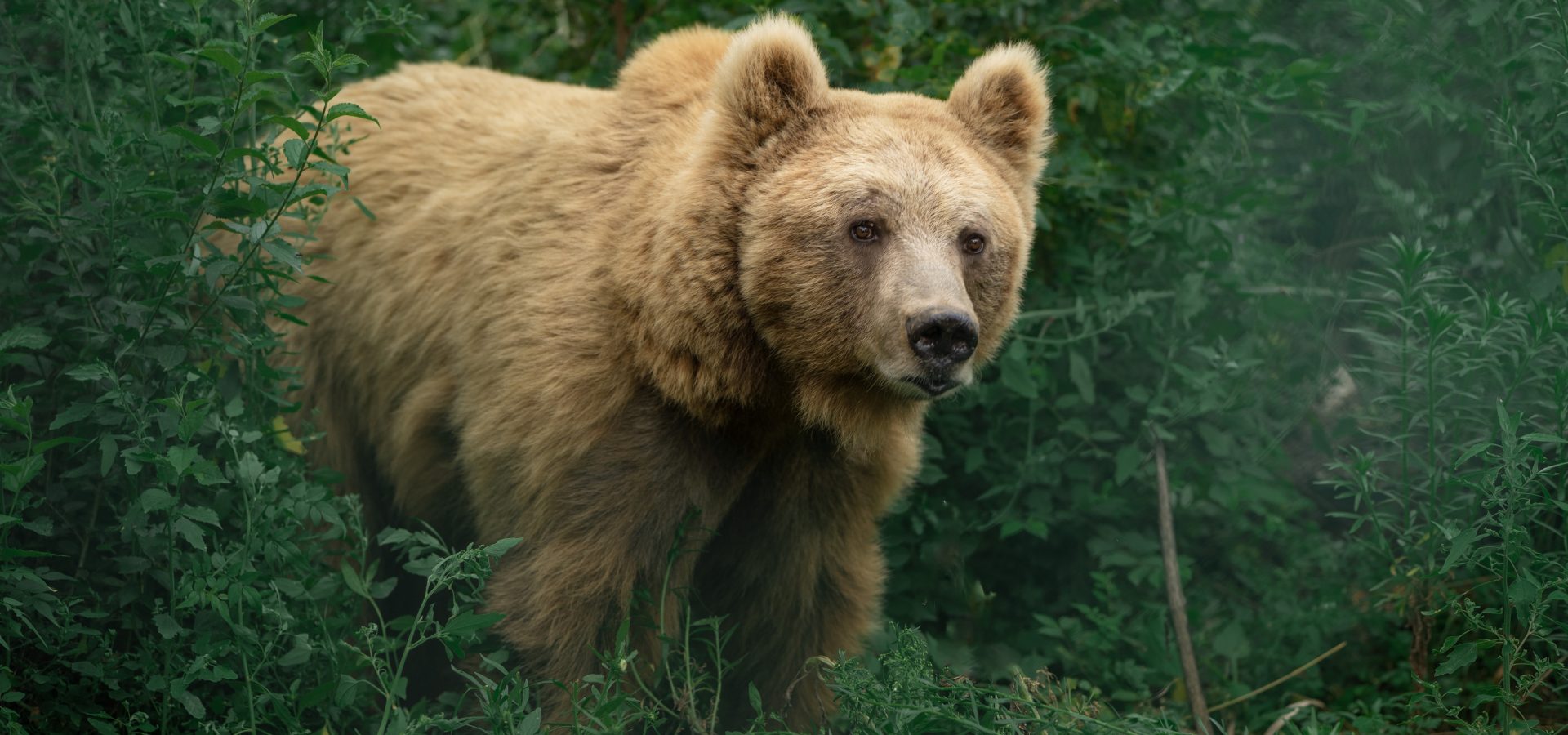How does a brown bear eat its prey? By using its “bear” arms!
You may have switched on a nature documentary in which a family of grizzly bears hunt salmon. It is highly likely that the visuals include a mother with her cubs, or perhaps a young male looking forward to his first successful hunt. As the water from the river splashes against their faces, a leaping salmon suddenly finds itself in a hungry jaw — and the bear on the screen proceeds to use his sharp teeth to gorge on this prize.
However, this wild reality may soon become a distant memory if human-wildlife conflict continues to rise. Grizzly bears are some of the most recognisable ursines in the world. However, did you know that it is just one among the many subspecies of brown bears scattered across the globe? The brown bear (Ursus arctos) is the most widespread among all the bear species, and they find their homes in Asia, Europe and North America. A subspecies of brown bears called Atlas bears also used to live in Africa once!
However, big game hunting had driven these bears to extinction. History has an unfortunate tendency to repeat itself when it comes to our relationship with these bears. Most, if not all, of the extant subspecies of brown bears, now face a grim future due to habitat loss, poaching, climate change and various other aspects of human-animal conflict.
The ‘Bear’ Necessities of Classification
Bears, like other modern carnivores, evolved from small, meat-eating mammals which spread far and wide to occupy major ecological niches after dinosaurs went extinct. These carnivores further split into two categories – cat-like feliforms (cats, civets, hyenas, mongooses) and dog-like caniforms (dogs, bears, weasels, seals, racoons). The first identifiable bear appeared about 20 million years ago.
This dawn bear or Ursavus elmensis likely gave rise to almost all modern bear lineages, including brown bears, as well as extinct ursine species like the cave bear and the short-faced bear. To borrow Baloo’s lines from The Jungle Book, these bears can survive on just the bare necessities. Far from being picky eaters, their omnivorous diet includes fruits, berries, fish, eggs, insects, and mammals of different sizes!
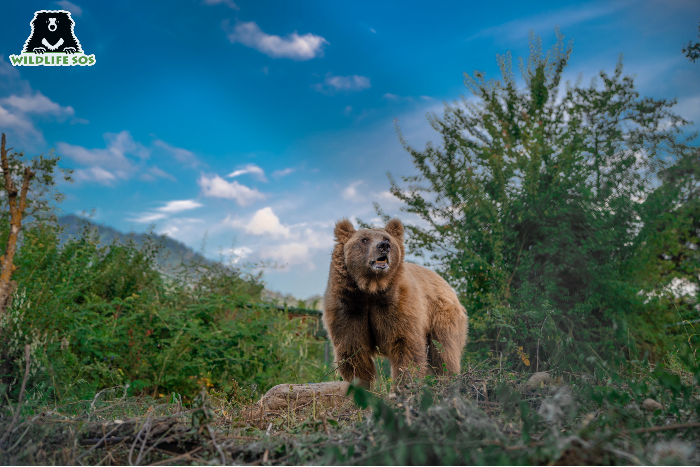
Some of these bears even adapted to colder climates and evolved to become polar bears. Some types remained brown but diversified enough to be classified differently. There is no common consensus about how many subspecies of brown bears exist, and different scientists have come up with different parameters for classification. For instance, Clinton Hart Merriam classified 86 subspecies of North American brown bears in 1918!
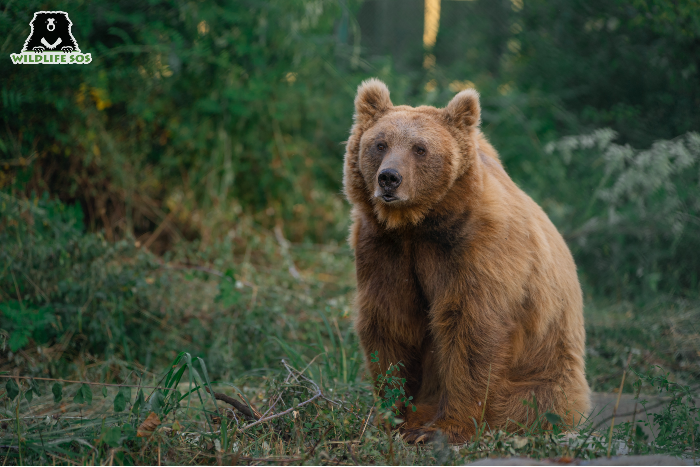
Threats Facing American Subspecies
Merriam’s classification was based on minor morphological variations, primarily related to skull size. Most scientists agree that the bears of the Kodiak Archipelago in Alaska belong to the subspecies Ursus arctos middendorfi. Contrarily, all other brown bears in North America are classified as members of the grizzly bear subspecies, Ursus arctos horribilis.
Other scientists argue that evidence points to the existence of five other subspecies on the continent, which included the Alaska Peninsula brown bear, the Dall Island brown bear, the Stickeen brown bear, the ABC Islands bear, and yes, their distant cousins from Eurasia, the Himalayan brown bear.
The grizzly bear is perhaps the most famous among the brown bears, having received lots of attention in media as well as animated films like Brother Bear, Open Season, Over the Hedge and many more. Grizzlies have derived their names from the word ‘grizzled’ that means silver-tipped fur, and are recognisable by the large hump on their back.
The grizzly bear’s scientific name U. a. horriblis reads ironically when we realise that anthropogenic activities of hunting and habitat encroachment have made humankind more “horrible” to them. Even the largest among all brown bear subspecies, the Kodiak bear (U. a. middendorfi), is not safe from the large-scale human impact on its climate and environment, and several reports have highlighted how this has affected their diet.
Threats Facing Eurasian Subspecies
Episodes of human-brown bear conflict are taking place across the globe, affecting all subspecies and populations, albeit in varying degrees. The Marsican brown bear in Italy remains one of the worst affected. Overhunting and diseases carried over by domestic animals have caused their population to drastically dip. Now there are less than 100 thriving individuals in the wild. Hunting and habitat loss have also diminished the numbers of the Cantabrian brown bear and the Syrian brown bear.
Russia alone is home to four subspecies, including the Kamchatkan bear, the Ussuri bear, the Siberian bear and the Eurasian brown bear (U. a. arctos). Surprisingly, hunting activities and loss of habitat threaten all of them. On the other hand, depleting water resources – accentuated by illegal mining – serves as the major hurdle in the Mongolian Gobi bear’s lifestyle.
Not all bears are the same shade of brown, with colours ranging from brownish-black to whitish-cream. However, this spectrum of colours does not include blue, like in the inappropriately-named of Tibetan blue bear. A shy and reclusive subspecies, it is increasingly drawn into conflict with local herders due to habitat loss. This leads to their persecution by the latter that has given rise to a chronicle of unending violence.
The closely related (both by distribution and genealogy) Himalayan brown bear shares a similar fate. Over time, these animals are increasingly descending to lower altitudes in search of food. Wildlife SOS has conducted a revolutionary study on the changing habits of these elusive ursines. The research offers insights into the human-bear relationship in the region.
A Paws-itive Change for the Himalayan Brown Bear
For several centuries, the Himalayan bear had little to no interaction with human beings. It spent its life cycle feeding on natural floral and animal matter. However, increasing tourist activity and subsequent habitat degradation soon drove these animals to lower altitudes. These animals turned to livestock predation and scavenging the trash generated at tourist sites.
We realised that these bears were pursuing the same act that the Yellowstone grizzlies are known for — aka raiding garbage. Research is often the first step for conflict mitigation, and we turned our eyes to the Sonamarg region of Kashmir. Members of the Wildlife SOS team, including Project Manager Ms. Aaliya Mir, Senior Biologist Mr. M. Swaminathan, and Director of Research and Veterinary Services, Dr. Arun A. Sha, participated in this Wildlife Protection Department-approved study.
Wildlife SOS’ Brown Bear Project
The study concentrated on the bear’s interaction with humans and its feeding behaviour. Camera traps, interviews with locals, and scat analysis provided insight into the survey’s findings in 2022. These findings showed that these bears’ normal diet had been substituted with improperly disposed high-calorie meals like Indian Biryani!
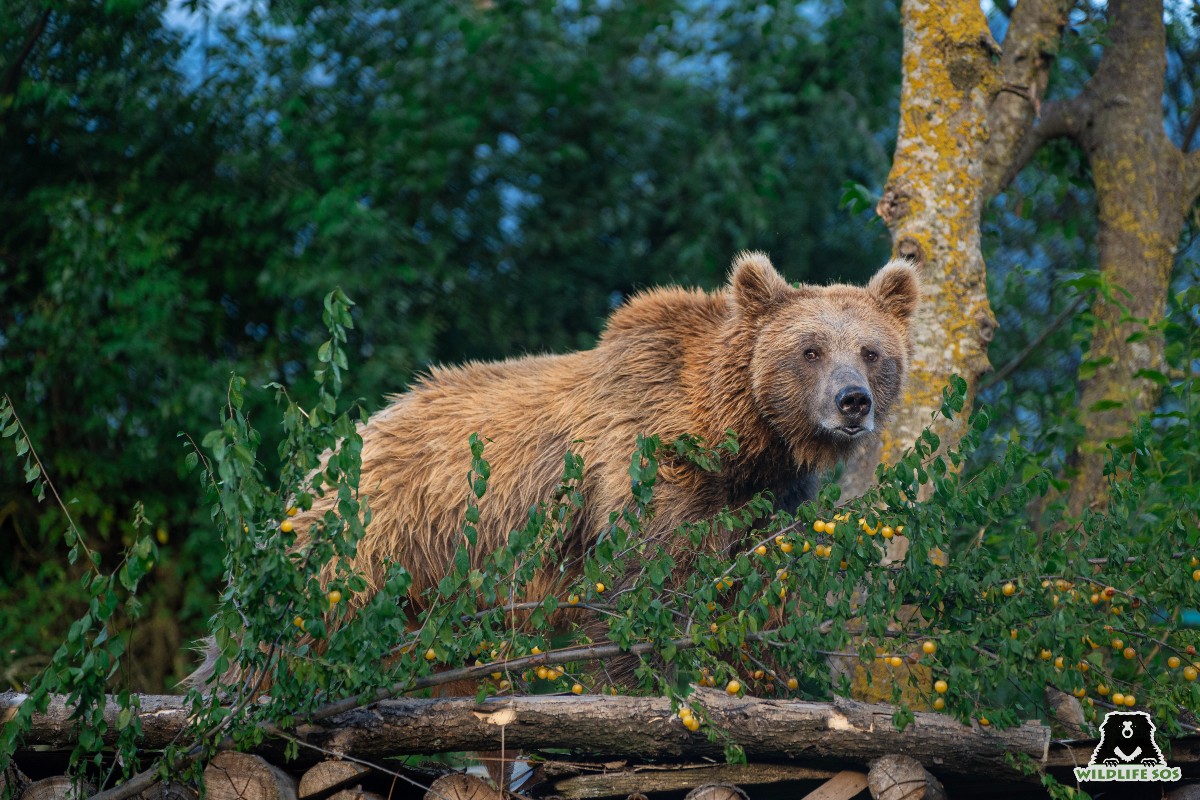
Not only did such food have long-lasting impacts on the bears’ health, but it also brought the animals closer to humans. Their new diet also consisted of livestock, leading herders to target them.
In 2018, we rescued and rehabilitated Sebastian, a Himalayan brown bear that relied solely on raiding garbage to survive. Sebastian, who was just three years old at the time of his rescue, frequently robbed garbage cans. Additionally, he also ravaged crop fields, and preyed on cattle in the vicinity of hotels and other residential areas.
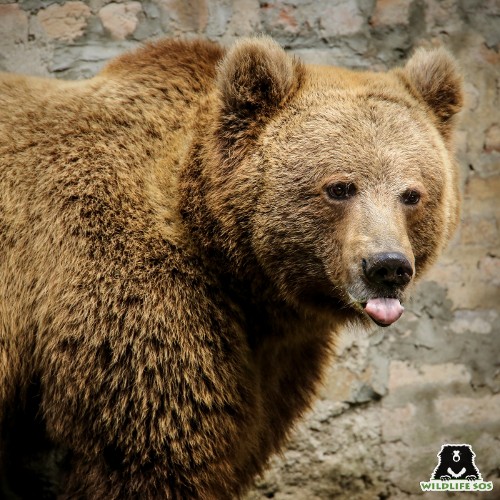
A similar conflict situation arose just a year before. In 2017, the cub Nawab found itself trapped in a kitchen with Amarnath pilgrims, necessitating timely intervention.
Himalayan brown bears are just one of India’s wildlife regularly embroiled in human-wildlife conflict situations. Individual action goes a long way in securing a future for animals, and you can make a difference for Nawab, Sebastian and many of our rescued animals by donating here!

